Nuclear fission reactors already provide air-pollution-free power from 54 plants in 28 states. The locations account for just more than eighteen percent of the electricity generation in the U.S. However, the plants produce long-lasting radioactive waste. Rare and well-publicized meltdowns are also possible in nuclear fission reactors, but they are rare.
Physicist Amory Lovins is the co-founder of Colorado clean energy think tank Rocky Mountain Institute, He said that fission nuclear plants are increasingly costly to develop. He added that sun and wind projects are better choices for grid-level energy production.
Fusion is put forward by proponents as a nuclear solution that addresses most of the concerns. Fusion combines the nuclei of atoms to make energy, while fission splits them apart. Both reactions happen by slamming two nuclei together as part of a process involving enormous speeds and temperatures.
Pacific Fusion is a startup researching nuclear fusion founded by Eric Lander, Will Regan, Keith LeChien, Carrie von Muench, and Leland Ellison. They say on their website that “Fusion is what powers the stars, where hydrogen is squeezed into helium … Fusion could be the ideal power source — emitting no CO2, requiring far less materials and land than other power sources, and offering billions of years of nearly free, globally accessible fuel. The challenge is making affordable systems to use that fuel.”
Pacific’s fusion reactor looks a quite different than the typical doughnut-shaped tokamaks being developed by experts in southern France and elsewhere to safely contain fusion reactions. Pacific’s device is made of rows of stacked tubes angled toward a dome-shaped chamber at the center, according to a company-published artist’s drawing.
In the Pacific fusion reactor, electromagnetically compressed energy pulses at 100 billionths of a second are of being sent through transmission lines, where they are coupled by two electrodes before hitting a small container of deuterium-tritium fuel. Once there, they causes a crucial fusion reaction.
Pacific claims that it uses “established science” and “proven engineering” vetted by experts in government labs. The company started the effort to bring the pulsed magnet fusion concept to market in 2023 after realizing its viability with low-cost materials and maintenance.
The founders wrote that “Our fuel is vastly cheaper than fossil fuels, even accounting for consumables such as fuel containers.”
If the Pacific design can be safely scaled, the energy source could increase the country’s share of power produced with little or no heat-trapping fumes, resulting in planetwide benefits.
The National Oceanic and Atmospheric Administration reports that air pollution can dissolve into seawater, causing acidification that harms marine life. That is a serious problem because seafood feeds about three billion people worldwide. The industry also provides an income for up to twelve percent of the world’s population, all noted by the Nature Conservancy.
In the short term, people can help reduce pollution by switching to LED lights, which produce five times less planet-warming fumes than traditional bulbs. This easy upgrade can save six hundred dollars per year when forty bulbs are replaced in the average house.
Eventually, LEDs may be powered with help from energy pulses and fusion reactions. The Pacific team has nine hundred million dollars in funding from investors to support its work, with the goal of building a device that creates more energy than is needed to operate, according to the company.
The founders wrote that “We have a clear path toward achieving these goals, and we’re well on our way to completing our first major milestones.”
Category: Nuclear Fusion
-

Nuclear Fusion 96 – Pacific Fusion Researching Unique Design For Fusion Reactor
-
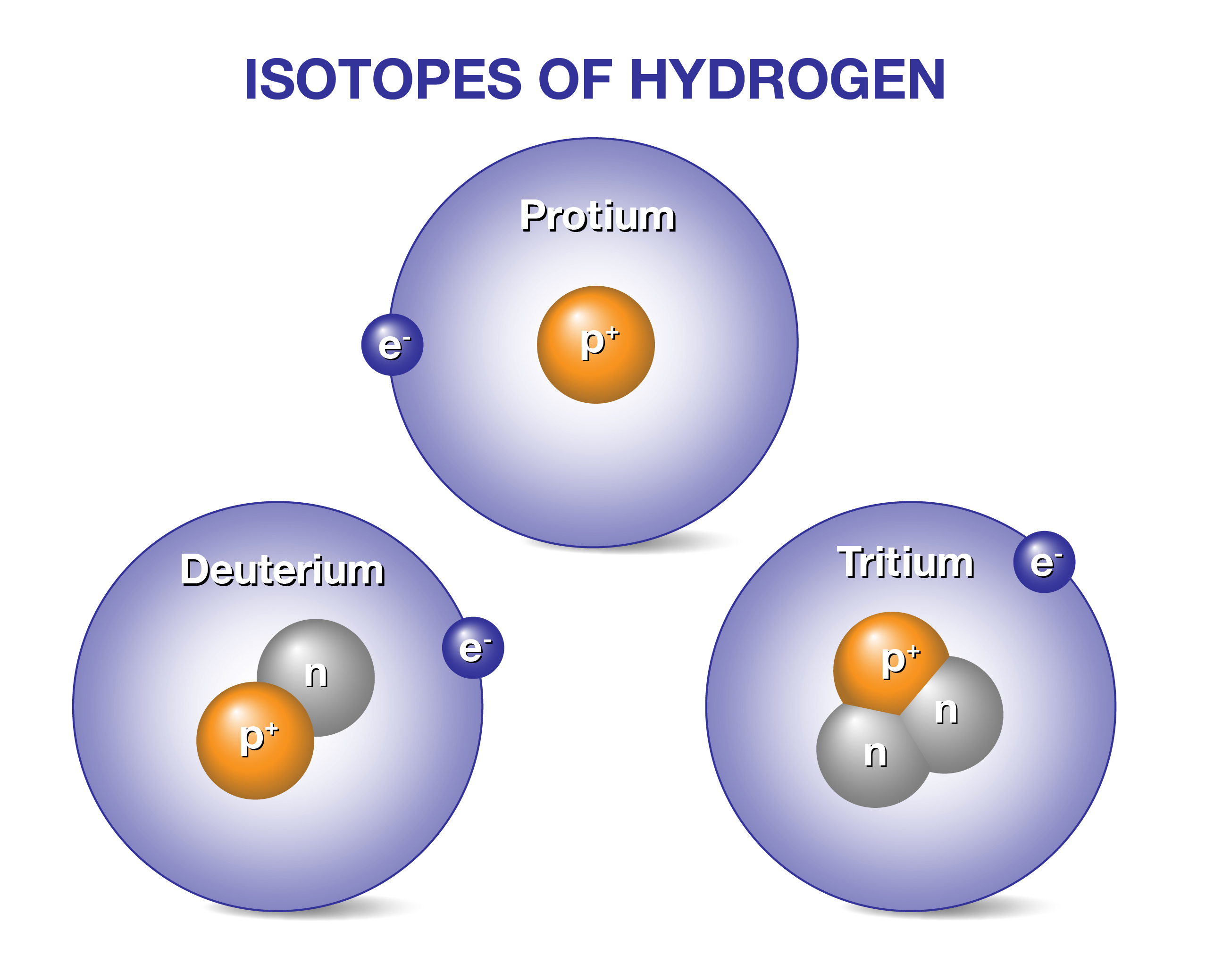
Nuclear Fusion 95 – Princeton Plasma Physics Laboratory Working On Spin Polarization For Nuclear Fusion – Part 2 of 2 Parts
Part 2 of 2 Parts (Please read Part 1 first)
Ahmed Diallo is a PPPL principal research physicist and co-author of the paper. He compares tritium-burn efficiency to the efficiency of a gas stove. Diallo said, “When gas comes out of a stove, you want to burn all the gas. In a fusion device, typically, the tritium isn’t fully burned, and it is hard to come by. So, we wanted to improve the tritium-burn efficiency.”
The PPPL team consulted the fusion community and the broader community involved in spin polarization in their quest to find ways to enhance tritium-burn efficiency. Parisi said, “Fusion is one of the most multidisciplinary areas of science and engineering. It requires progress on so many fronts, but sometimes there are surprising results when you combine research from different disciplines and put it together.”
Quantum spin is very different from the physical spin that a pitcher can put on a baseball. A good pitcher can throw the ball with many different spins. There is a whole continuum of possibilities. However, there are only a few discrete options for the quantum spin on a particle such as up and down.
When two fusion fuel ions have the same quantum spin, it is more likely that they will fuse. Parsi said, “By amplifying the fusion cross section, more power can be produced from the same amount of fuel.”
While current spin-polarization methods don’t align every ion, the gains shown in the PPPL model don’t require one hundred percent spin alignment. In fact, the study demonstrates that even small levels of spin polarization can substantially improve the efficiency of the tritium burn, improving overall efficiency and reducing tritium consumption.
With less tritium required, the size of the fusion power plant can be reduced, making it easier to license, situate and construct. This should lower the operating costs of the fusion system.
Tritium is radioactive, and its radiation is relatively short-lived compared to the spent fuel from nuclear fission reactors. This reduction in the amount of tritium required has safety benefits because it decreases the risk of tritium leakage or contamination.
Parisi said, “The less tritium you have flowing through your system, the less of it will get into the components.” The storage and processing facilities necessary for the tritium can also be made much smaller and more efficient. This makes nuclear licensing easier.
Parsi continued, “People think that the site boundary size is somewhat proportional to how much tritium you have. So, if you can have a lot less tritium, your plant could be smaller, faster to get approved by regulators and cheaper.”
More work is needed to investigate things that will be needed to implement the proposed system but have yet to be fully explored. Schwartz said, “Whether it’s possible to have integrated scenarios that maintain a high-grade fusion plasma with these specific flows of excess fuel and ash from the plasma needs to be determined.”
Diallo said there are also potential problems related to polarization methods, but these create opportunities. He said, “One challenge would be to demonstrate techniques to produce spin-polarized fuel in large quantities and then store them. There’s a whole new technology area that would open up.” -

Nuclear Fusion 94 – Princeton Plasma Physics Laboratory Working On Spin Polarization For Nuclear Fusion – Part 1 of 2 Parts
Part 1 of 2 Parts
A different mixture of fuels with enhanced properties could solve some of the major challenges to making fusion a more practical energy source, according to a new study.
The new approach would still utilize deuterium and tritium, which are generally accepted as the most promising pair of fuels for commercial fusion energy production. Deuterium is an isotope of hydrogen with one neutron in its nucleus. Tritium is a radioactive isotope of hydrogen which has two neutrons in its nucleus.
Tritium is rare on Earth. It is produced naturally in the atmosphere when cosmic rays collide with air molecules, and is found in very small or trace amounts in groundwater throughout the world. Tritium is also a byproduct of the production of electricity by nuclear power plants. It mostly exists in the form of tritiated water and generally behaves as such in both the environment and the body. For this reason, tritium is widely dispersed in the environment, a very small addition to other radiation background levels.
The quantum properties of the fuel would be adjusted for peak efficiency using an existing process known as spin polarization. In addition to spin polarizing roughly half of the fuels, the percentage of deuterium would be increased from the usual amount of about sixty percent or more.
The U.S. Department of Energy’s Princeton Plasma Physics Laboratory (PPPL) is mastering the art of using plasma— the fourth state of matter — to solve some of the world’s toughest science and technology challenges. That’s why public and private researchers worldwide look to PPPL for guidance on plasma science and related engineering challenges.
The PPPL conducts essential research across a full range of plasma applications, such as developing fusion as a clean, safe and virtually limitless power source or creating the next generation of materials for microelectronics and quantum sensors and devices. With an eye toward sustainability, the Lab is also exploring ways that plasma can be used to help meet net-zero carbon targets. This includes advancing low-carbon technologies and understanding how clouds, light and aerosols interact for potential cooling strategies.
Models created by researchers at the PPPL showed that the approach allowed tritium to burn more efficiently without sacrificing fusion power. This could significantly reduce the amount of tritium needed to start up and maintain fusion reactions which could lead to more compact and affordable fusion systems.
Jason Parisi is a staff research physicist at the Lab and first author on the research paper. He said, “Fusion is really, really hard, and nature doesn’t do you many favors, So, it was surprising how big the improvement was.”
The paper, titled Simultaneous Enhancement of Tritium Burn Efficiency and Fusion Power with Low-Tritium Spin-Polarized Fuel, was published in the journal Nuclear Fusion, suggests that the new approach could burn tritium as much as ten times more efficiently. The research also emphasizes PPPL’s role at the forefront of fusion innovation. This is especially true when it involves a system such as the one studied in Parisi’s research. In his research, gases are superheated to create a plasma confined by magnetic fields into a shape similar to a cored apple.
The PPPL’s primary fusion reactor, the National Spherical Torus Experiment—Upgrade (NSTX-U), has a shape similar to the one that the researchers considered when they tested their approach.
Jacob Schwartz is a PPPL staff research physicist and co-author. He said, “This is the first time researchers have looked at how spin-polarized fuel could improve tritium-burn efficiency.”
Please read Part 2 nextSimultaneous Enhancement of Tritium Burn Efficiency and Fusion Power
-

Nuclear Fusion 93 – Laboratorio Nacional de Fusión–CIEMAT Is Working On Optimizing Magnetic Fields In Stellarators
Fusion plasma confinement could be enhanced with recent magnetic fields breakthrough. For decades, researchers and engineers have been working to develop reactors that can achieve nuclear fusion to meet the increasing need for clean and limitless energy. The success of such experiments depends on multiple critical factors, including optimized magnetic fields that could facilitate enhanced fusion plasma confinement.
Introduced by researchers at Laboratorio Nacional de Fusión–CIEMAT in Spain, the new group of magnetic fields is claimed to be better suited for confining particles in fusion devices than other types of magnetic fields.
With the aid of such magnetic fields, the researchers emphasize that the devices won’t require complex equipment configurations. The new development is claimed to be an important step for the creation of commercial fusion reactors.
The study, titled Piecewise Omnigenous Stellarators, was published in the journal Physical Review Letters. It presents a new family of optimized fields that display tokamak-like collisional energy transport while having transitioning particles. This result broadens the space of accessible reactor-relevant configurations. Researchers focused on less understood magnetic fields that could enhance the design of future stellarator reactors.
José Luis Velasco is the first author of the paper. He stated that in the last few years, there have been many initiatives proposing the design and construction of new experimental fusion devices and reactor prototypes.
Velasco said, “When these projects design the magnetic field that will confine the fusion plasma, practically all of them try to make the field omnigenous. The fact that inspired our research is that the fusion community actually knew that it is possible to have magnetic fields that are quite far from being omnigenous but still display good plasma confinement (e.g., the Large Helical Device, an experimental device operating in Japan, and some old and recent numerical experiments in U.S.).”
In omnigenous magnetic fields, charged particles are well confined in the absence of collisions and turbulence. For this reason, the magnetic configuration is optimized to be near omnigenity in any design for a stellarator fusion reactor.
Researchers maintain that attempting to reach omnigenity imposes severe constraints on the spatial variation of the magnetic field. The topology of the contours of constant magnetic field strength on each magnetic surface must contain no particles transitioning between different types of wells. This usually leads to complicated plasma shapes and coils, according to the study.
Generating electricity from fusion reactions will be possible when the plasma inside stellarators is hot enough. This can be achieved by carefully designing the magnetic fields that are used to confine the particles.
This process is referred to as “optimizing the stellarator,” which ensures that the particles that make up the plasma stay, along their trajectories, close to the same magnetic surface. Velasco emphasized that in order to achieve omnigenity, it is necessary to optimize the stellarator “as a whole.”
Researchers found that similarly good confinement properties are obtained if one ‘splits’ each magnetic surface of the stellarator into several pieces and optimizes each of them separately. Hence the name “piecewise omnigenous.” -
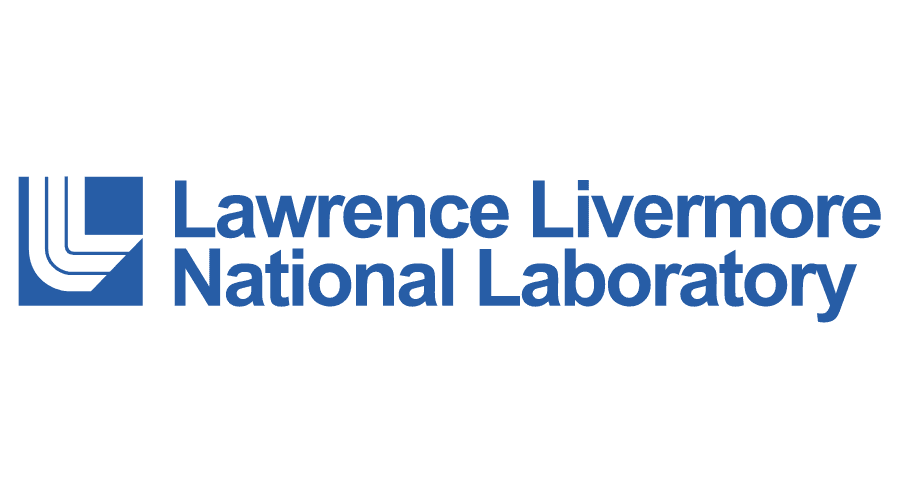
Nuclear Fusion 92 – Lawrence Livermore National Laboratory Is Developing A 3D Printing Process To Produce Fuel Capsules For Inertial Confinement Fusion
Lawrence Livermore National Laboratory (LLNL) at the National Ignition Facility (NIF) is researching the use of advanced 3D printing to mass-produce fuel capsules for fusion energy power plants. It could be a significant breakthrough in the field of fusion energy, which is considered the “Holy Grail” of clean and abundant power.
The LLNL has already achieved a major breakthrough with the ignition inertial confinement fusion (ICF) ignition experiment in 2022. However, producing fusion energy on a commercial scale presents significant challenges.
One of the biggest hurdles is the production of fuel capsules required for ICF. These capsules contain the deuterium and tritium fuel ignited by lasers.
The fuel capsules must be nearly perfectly spherical. They currently take months to manufacture. A viable fusion power plant would require nearly a million of these capsules per day. As mentioned above, these capsules must be manufactured with extreme accuracy.
The LLNL said in a press release that “The need for perfection is such that, if a NIF capsule were enlarged to the size of the Earth, an imperfection higher than the Hollywood sign in Los Angeles would be disqualifying.” To meet this challenge, LLNL has launched a research project to develop 3D-printed fuel capsules.
Tammy Ma is the lead for LLNL’s inertial fusion energy institutional initiative. She said, “Now that we have achieved and repeated fusion ignition, the LLNL is rapidly applying our decades of know-how into solving the core physics and engineering challenges that come with the monumental task of building the fusion ecosystem necessary for a laser fusion power plant.”
The project is developing the first prototype of a dual-wavelength, two-photon polymerization (DW-2PP) approach to 3D printing. This technique utilizes two different light sources to selectively print different materials. This allows the creation of complex geometries with sub-micron resolution, potentially enabling the production of fuel capsules at the scale required for a commercial fusion power plant.
Xiaoxing Xia is co-principal investigator and a staff scientist in the LLNL’s Materials Engineering Division. He said, “We are focusing on a specific type of wetted-foam capsule, in which liquid DT can be wicked into a uniform foam layer on the inside of the spherical capsule by capillary action. “The current DT ice layering process takes up to a week to complete with extreme meticulousness. It’s possible that 3D printing is the only tool for this kind of complex geometry at scale.”
The project has already shown promising results. 3D-printed targets have successfully been used in two NIF experiments in 2024. The use of 3D printing for fusion energy is still in its early stages. However, it represents a potential solution to a critical manufacturing challenge. If this new technology is successful, it could accelerate the development of fusion power plants. This could help bring the world closer to a future with clean, safe, and abundant energy.
Jeff Wisoff is principal associate director for LLNL’s NIF & Photon Science Directorate. He said, “Unlocking fusion is a strategic asset for US competitiveness. It’s imperative that we invest in fundamental science and technology to build on the historic achievement of fusion ignition.” -

Nuclear Fusion 91 – Appleyard Lees Publishes A Report On Patents For Nuclear Technology.
The increase in nuclear fusion innovation has continued for another year, according to the latest patent data reported by Appleyard Lees. However, nuclear power is a tale of two technologies with fission showing the lowest number of patent filings for more than sixty years.
The fourth annual edition of the Inside Green Innovation: Progress Report from the leading intellectual property firm shows that the one hundred and sixty seven nuclear fusion patent filings in 2022 exceeded the one hundred and sixty five filings in 2021. The latter being an almost fifty percent increase on the previous high.
Total funding in the nuclear fusion sector, according to the Fusion Industry Association, has reached more than seven billion dollars, with at least nine hundred million dollars in the past year.
Adam Tindall is an Appleyard Lee Partner. He said, “It is too early to say whether this is now the new ‘steady state’ level for fusion patents, or the early stages of a sustained boom that will lead to real-world, widespread commercial application of a mature technology.”
Recent patent applications in nuclear fusion have focused on less well-researched approaches to fusion, such as plasma generation including particle beam techniques and electrical discharge technologies.
However, the focus on developing new magnet technologies continues. U.K. company Tokamak Energy is investing in a new business division for its magnet technology and continuing to be a top patent filer in the sector. Other top innovators for fusion technology now include the U.K. Atomic Energy Authority.
With regard to territory, the growth of nuclear fusion technology start-up companies in the U.S. is now driving the increase in patent filings more than the previous acceleration led by Asian countries. There are a variety of smaller companies in the U.S. working on fusion research with no single organization dominating current fusion innovation.
Matthew Bennett is an Associate at Appleyard Lees. He said, “As the sector matures, there will likely be consolidation around dominant organizations, with the winners of the innovation race benefiting from strong positions in the market, or at least from a healthy exit. The fusion sector is expanding rapidly and, even though the investment pot is generous, it will quickly be swallowed up by US companies which can show investors they have the necessary IP protections in place for commercializing their technology.”
Patent filings for nuclear fission technology have reached a ten-year low. More than sixty percent fewer than in 2013 and the least recorded since 1963.
Asian countries remain top patent filers in the technology, driven mainly by Korea Hydro & Nuclear Power Co. and Hitachi GE Nuclear Energy. They are focusing on safety-related applications in emergency cooling, monitoring and testing and pressure suppression systems.
The Inside Green Innovation: Progress Report – Fourth Edition’s focus on nuclear energy was selected because of its prominence in the global green innovation conversation. This involvement is referenced in the OECD’s and United Nations’ 17 Sustainable Development Goals and the World Intellectual Property Organization (WIPO) Green Innovation Database, a global innovation catalogue that connects needs for solving environmental or climate change problems with sustainable solutions. -
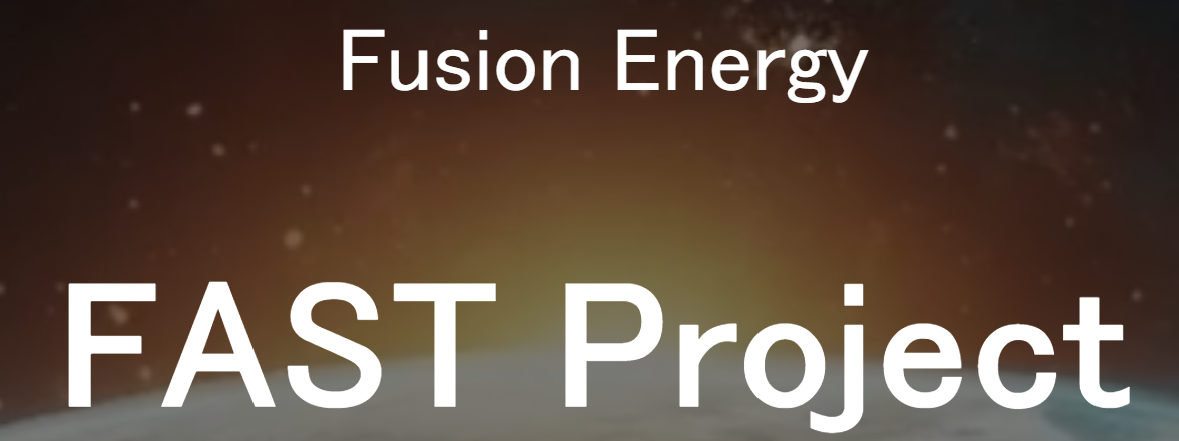
Nuclear Fusion 90 – Japanese FAST Project Intends To Create Commercial Fusion Reactors By The Late 2030s
The Fusion by Advanced Superconducting Tokamak (FAST) project has been launched in Japan with the goal of achieving fusion-based commercial power generation by the end of the 2030s.
The FAST project, to be sited in Japan, intends to generate and sustain a plasma of deuterium-tritium (D-T) fusion reactions. This will demonstrate an integrated fusion energy system that combines energy conversion, including electricity generation and fuel technologies. The Project will employ a tokamak configuration which was chosen for its well-established data and scalability. The FAST Project has collected top researchers from prominent institutions, along with industrial and international partners from Japan, the UK, the USA and Canada.
The FAST Project Office is targeting a power generation demonstration by the end of the 2030s. It will address remaining technical challenges on the way to commercial fusion power plants. The FAST Project points out that power generation refers to producing energy from fusion reactions. However, it does not imply net positive power production where electricity output exceeds electricity consumption.
The FAST Project Office said, “While previous or near-term planned fusion experiments have achieved, or will soon achieve, medium-pulse plasma discharges to de-risk the plasma confinement and control for a fusion pilot plant, critical obstacles remain in harnessing the energy transport for sustained external use, establishing the tritium fuel cycle, including tritium breeding, and integrating these advances into a configuration that represents a commercially viable fusion power plant. At present, no experimental device worldwide is capable of creating the necessary fusion environment – the fusion neutron flux and relevant thermal loads – to bridge the gap between the advanced plasma experiments of today and the desired end goal of practical energy extraction.”
FAST intends to fill these gaps by “providing a comprehensive and unique platform to develop technologies applicable to practical fusion power plants worldwide, including demonstration devices and fusion pilot plants”.
The FAST design is a tokamak configuration, which the Project Office says is “a well-established plasma confinement method with the most extensive database and specifically employs a low-aspect-ratio tokamak design, and high-temperature superconducting (HTS) coils, which enables a compact design allowing lower costs and a shorter construction time”.The system aims for a power generation of fifty to one hundred megawatts and a discharge duration of one thousand seconds of D-T fusion burn. High-temperature blankets allow testing of multipurpose uses for thermal power and neutrons. The device will function for a cumulative one thousand hours of full-power operation.
The Project Office said, “The FAST project will advance through collaboration with key universities and research institutions both domestically and internationally. Moving forward, a conceptual design team will be organized, composed of plasma researchers and power plant engineering researchers. The preliminary design is expected to be completed within the year 2025. A thorough evaluation of the internal and external environment, including technology, funding, regulation and policy, will be conducted at the transition to detailed design, where a decision will be made on the feasibility of execution.”
The Project Office continued, “In parallel, led by Kyoto Fusioneering, we will accelerate technology development in key systems, engineering design, site selection, and regulatory efforts in collaboration with industrial partners such as Mitsui & Co Ltd, Mitsui Fudosan Co Ltd, Mitsubishi Corporation, Marubeni Corporation, Fujikura Ltd, Kajima Corporation and Furukawa Electric Co Ltd. We will continue to actively welcome researchers, industrial partners, including companies participating in J-Fusion, and international collaborators to join and contribute to the project.”Fusion Energy Power Generation Demonstration Project
-
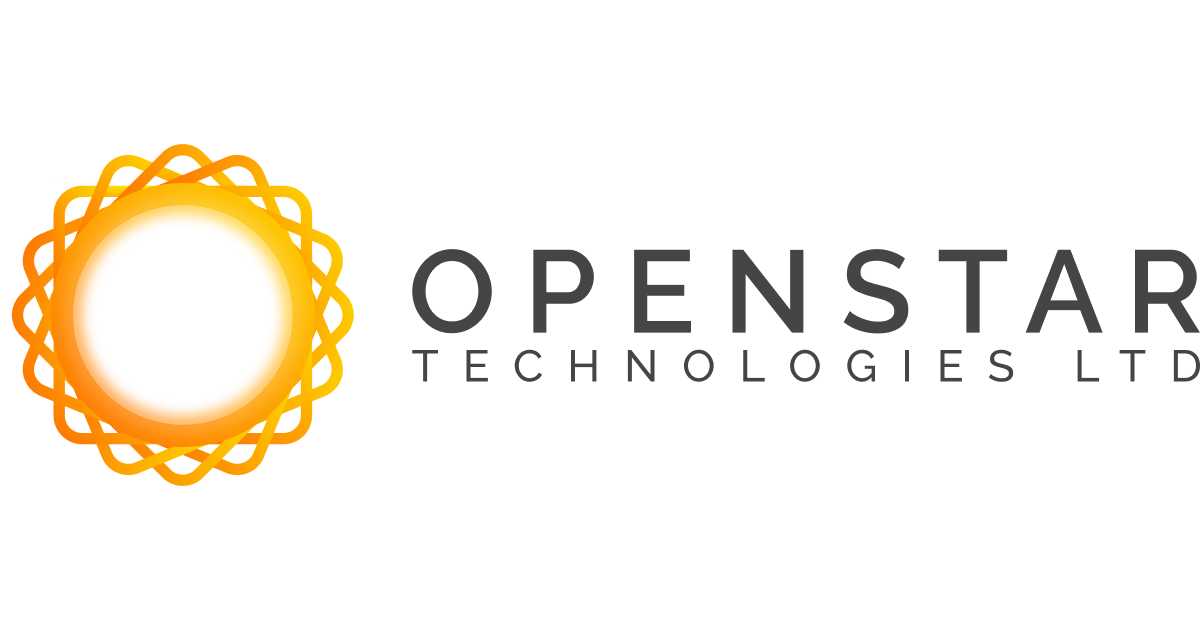
Nuclear Fusion 89 – OpenStar Technologies Is Exploring A Levitating Dipole Reactor For Commercial Nuclear Fusion
OpenStar Technologies, a New Zealand-based fusion research company, has reached a key milestone by generating its first plasma. Nuclear fusion research is exploding across the globe. OpenStar has adopted a novel approach to achieving commercial fusion energy that does not utilize a tokamak or stellarator design for its device. It is working on a levitated dipole reactor (LDR).
Nuclear fusion on Earth works by replicating the process that stars use to generate energy. Inside a star, high temperature and pressure force nuclei of lighter atoms to fuse into larger atoms and release tremendous amounts of energy.
Replicating the stellar fusion process on Earth would generate energy without any carbon emissions or radioactive waste. Nuclear fusion research has been going on for decades but has recently accelerated. Multiple approaches are being attempted to attain a net energy gain from this process.
Tokamaks and stellarators are popular designs for nuclear fusion reactors and have shown great promise. However, OpenStar has taken a riskier approach by opting for an LDR design.
A dipole system contains separated positive and negative charges. Such systems can be built in the lab, and they also occur naturally in nature. Nuclear fusion reactions require temperatures of several hundred million degrees. OpenStar researchers believe that dipoles can accommodate this heat and be scaled to build a fusion machine.
Many fusion researchers utilize a magnetic field to confine the high-temperature plasma in a fusion reactor from hitting the walls. OpenStar’s approach achieves the same goal by constructing a magnetosphere similar to the one that exists around planets.
In the magnetosphere, the highest-energy particles find their way toward the poles (in this case, the support system of the reactor). OpenStar avoids this problem by using levitation to keep the plasma within its doughnut-shaped reactor. The advantage of the LDR is that it does not have a lot of stored energy or “plasma current” that can potentially blow up the reactor in the case of other designs.
OpenStar magnets utilize high-temperature superconductors (HTS). These are made of rare earth barium and copper oxides (REBCO) and can produce magnetic fields as strong as 20 Tesla. The Earth’s natural magnetic field is about fifty microteslas.
OpenStar uses a helium gas loop to achieve temperatures of fifty Kelvin (-223 degrees Celsius) for the HTS magnets to operate in and create dipoles for the fusion reaction. The advantage of using an HTS magnet in this design is that it can be built faster and iterated quickly.
Since the plasma in an LDR is stable and turbulence is not much of an issue, the team at OpenStar can create long pulse lengths for it. In the five trial shots they recently ran, the pulse length was between five and twenty seconds.
Limiting pulse lengths to this time was necessary to gather the data required for their analysis. The LDR reactor is only at a prototype stage. However, achieving first plasma sets the stage for further technological advances in the years to come.
OpenStar is hopeful that its LDR reactor can begin generating electricity as early as 2030. -

Nuclear Fusion 88 – The Princeton Plasma Physics Laboratory Has Completed New Magnets For It’s Prototype Nuclear Fusion Reactor
The Princeton Plasma Physics Laboratory (PPPL) has just announced the completion of the complex process of building the first quadrant of the magnet at the heart of the National Spherical Torus Experiment-Upgrade (NSTX-U) nuclear fusion reactor. This is a major milestone for the PPPL’s nuclear fusion project, which comes under the U.S. Department of Energy (DOE).
PPPL said that “it is assembling two high-current magnets to create the toroidal field-ohmic heating coil (TF-OH) bundle. The magnets make up the core of the NSTX-U, similar to the core of an apple. They are designed to produce the highest magnetic field strength of any large spherical torus.”
The toroidal field (TF) coil is a nineteen-foot-tall inner magnet which resembles a telephone pole. The TF carries up to four million amps of electric current to stabilize and confine the hot plasma in fusion experiments, according to a press release by PPPL.
There will also be an outer magnet called the ohmic heating (OH) coil. It is a four-kilovolt magnet that wraps around the TF coil like thread around a bobbin.
The press release stated that “It uses up to twenty four thousand amps to induce an electric field that drives an electric current within the vessel and helps heat the plasma”.
Steve Cowley is the PPPL director. He said that “These magnets are critical to the NSTX-U experiment, and the team has been laser focused on this assembly. Constructing the first quadrant is a big achievement.”
The PPPL states that the quadrants are going through a process called vacuum pressure impregnation (VPI). In this process, pieces of the TF coil “pie” are baked together into one very tall, solid piece of pie.
The quadrant was constructed by technicians at Elytt Energy in Bilbao, Spain in July. Preliminary electrical tests conducted on the quadrant in August showed that the process was successful.
Dave Micheletti is the division director of major science and engineering projects at the PPPL. He said that the team is now looking forward to the time “when the entire magnet is complete.”
The NSXT-U recovery team has completed many critical components of the nuclear fusion device. Once the center stack magnets are installed, the team can start focusing on reassembling and testing the NSTX-U.
Engineers have designed the TF coil and OH coil so the strong magnets will be powerful enough to confine the plasma during nuclear fusion experiments, which can occur every 20 minutes while the experiment is operating.
The NSTX-U is currently the primary nuclear fusion experiment at PPPL. The spherical fusion device is shaped more like a cored apple than the doughnut-like shape of conventional tokamaks. It can produce high-pressure plasmas with relatively low and cost-effective magnetic fields.
Using both neutral beams and high-power radio waves, the NSTX-U will heat the plasma to one hundred million degrees Celsius. This is seven times hotter than the Sun.
According to the PPPL, the NSTX-U’s compact design makes it an ideal candidate to serve as the model for a nuclear fusion pilot plant followed by a commercial fusion reactor.
The NSTX-U recovery project is eighty-four percent complete, and it has seen participation from scientists around the globe.
PPPL’s end goal is to seek assistance from around the globe to help PPPL and the world figure out the best way to build commercial nuclear fusion reactors. -
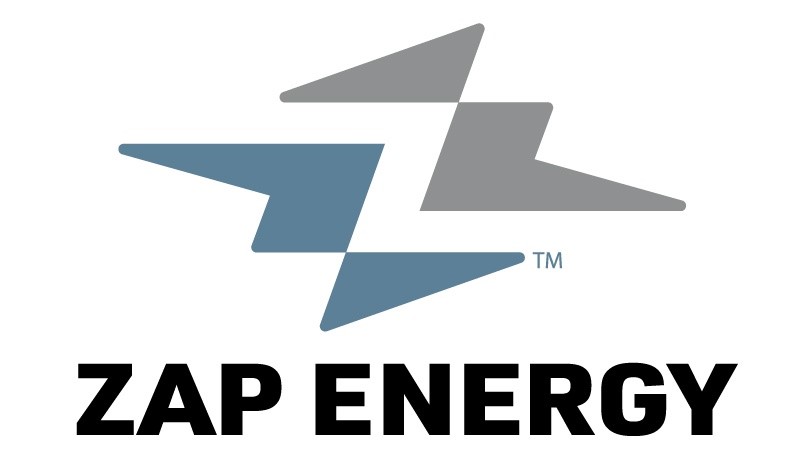
Nuclear Fusion 87 – Zap Energy Developing Unique Fusion Reactor The Utilizes Z-Pinch – Part 2 of 2 Parts
Part 2 of 2 Parts (Please read Part 1 first)
The Century demonstration device stands about one and half tall stories tall. The liquid bismuth-lined reaction chamber inside the device is the size of a domestic water heater. The key components occupy as much space as a double-decker bus. Zap thinks its commercial-scale module, which should produce fifty megawatts of electricity, will occupy a similar volume.
In order to stay on track to a commercial power plant, Zap needs to hit three milestones. First, it needs to be able to produce high-voltage pulses frequently and continuously. A few weeks after it was turned on this summer, Century fired one thousand and eighty consecutive pulses. So far, so good.
The second step is to demonstrate the technology for the U.S. Department of Energy (DoE). They will run the device for more than two hours by firing at ten-second intervals to generate at least one thousand plasma pulses. In order to operate as a commercial power plant, Zap’s reactor will have to spark ten pulses per second for months on end.
After Zap completes the Century demonstration for the DoE, the team will add more liquid bismuth to the reaction chamber. The molten metal protects other parts of the device while absorbing heat that can be used to generate electricity. Century will be able to hold over one metric ton of the liquid metal, though for now it’s starting with one hundred and fifty-four pounds.
In the third phase, the company needs to ensure that its electrodes, the parts that generate the electric pulses, can withstand the heat and particles produced by each fusion reaction. Those parts won’t survive forever. All commercial power plants must undergo maintenance at some point. The question is primarily how frequently and for how long. Zap needs to ensure its most vulnerable parts can last long enough to make financial sense for owners of fusion power plants.
By 2025, Zap will increase the amount of electricity that’s delivered to the reaction chamber until it hits one hundred kilowatts. Conway expects that the company will evolve the Century reactor bit by bit. He added, “Even though Century is one platform, one name, within it are multiple generations. We iterate within the iterations.”
If Century works as expected, Conway said that “my hope would be that we’re building a demo well in this decade. If that goes well, commercial fusion power plants should follow in the early 2030s.”
Conway acknowledges that’s a lot of “ifs”. He added that “I’m convinced that when we cut the ribbon on our first power plant and we think about the hardest problems we’ve had to solve in the last five years, my guess is plasma physics and gain is on the list. But I bet there’s a lot of other stuff on the list as well.” That “other stuff” might be what makes or breaks commercial fusion power.
Conway continued, “Fusion needs to compete with other ways of making electricity and heat. If fusion power plants cost a lot more than other ways of making electricity, there’s not going to be many of them. There may be one that we take our kids to and show on a school field trip, and that’s it. The economics of these things is going to be really important.”
